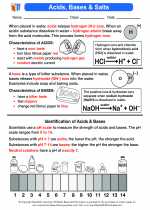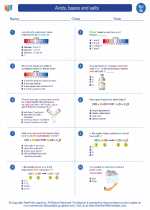Newton's Second Law of Motion
Newton's Second Law of Motion states that the force acting on an object is equal to the mass of the object multiplied by its acceleration. In mathematical terms, the second law is expressed as:
F = ma
Where:
F = the force acting on the object (measured in Newtons, N)
m = the mass of the object (measured in kilograms, kg)
a = the acceleration of the object (measured in meters per second squared, m/s2)
Understanding the Second Law
According to Newton's Second Law, the acceleration of an object is directly proportional to the net force acting on it and inversely proportional to its mass. This means that if the force acting on an object increases, its acceleration will also increase, provided that the mass remains constant. Conversely, if the mass of the object increases, its acceleration will decrease if the force remains constant.
Study Guide
Here are some key points to remember about Newton's Second Law:
- The greater the force applied to an object, the greater its acceleration will be, assuming the mass remains constant.
- The greater the mass of an object, the smaller its acceleration will be, assuming the force remains constant.
- The SI unit for force is the Newton (N), which is equivalent to 1 kg m/s2.
- Newton's Second Law is a fundamental principle in understanding the behavior of objects in motion and is essential in the study of mechanics and dynamics.
By understanding and applying Newton's Second Law of Motion, we can analyze and predict the motion of objects under the influence of forces, providing a foundational framework for the study of physics.
Remember to practice applying the formula F = ma to various scenarios and problems to solidify your understanding of this important concept.
Good luck with your studies!







